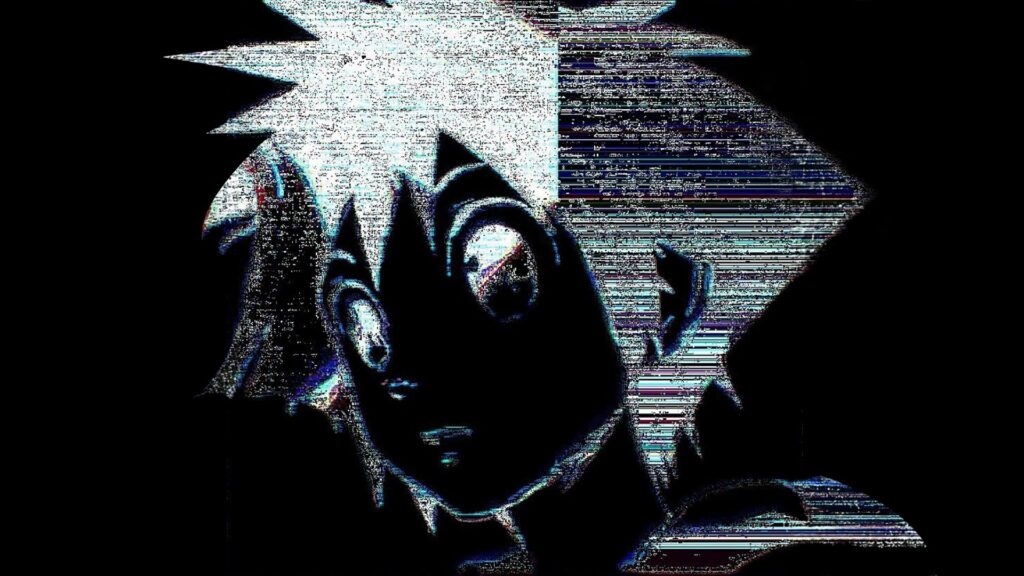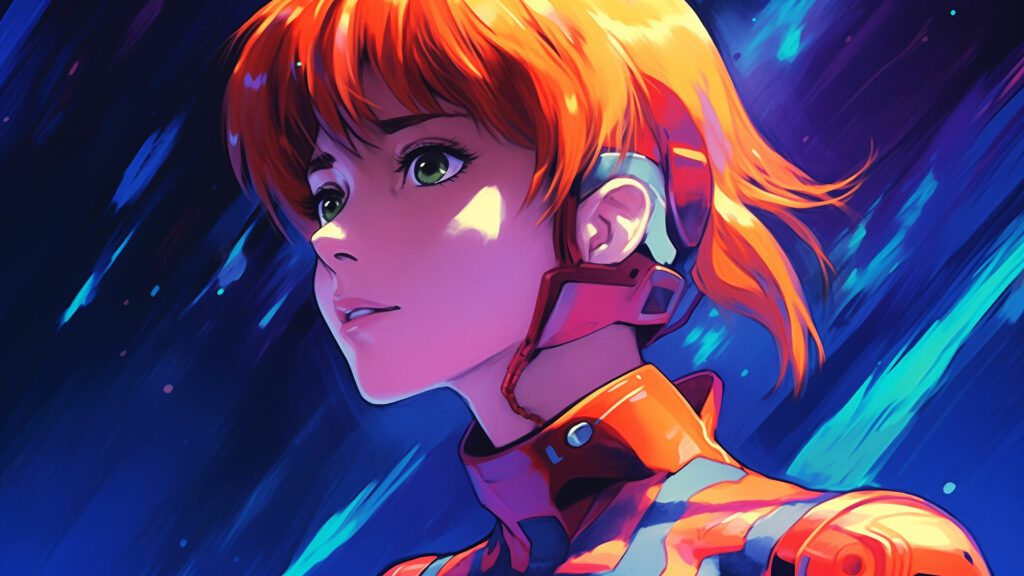If you’re anything of a meme connoisseur, you’ve likely heard the story of the doctor and the child. One variation reads something like this – A doctor must operate on a little girl. Unfortunately, she needs O-Blood. The hospital – understaffed and underfunded (probs an NHS hospital tbh) – doesn’t have the necessary supply for a transfusion, but it appears her twin brother shares the same genetic disposition for the rare blood type. We gasp with relief.
The doctor explains to the younger brother that his decision will be a matter of life and death. He must give his blood to save his sister’s life. Of course, the child sits quietly for a moment, pondering his existence, and then says goodbye to his parents. Following the transfusion, the brother asks, “So when will I die?” Through an act of miscommunication, the brother thought he was giving his life for his sisters. Thankfully, both children die on the way home in a fatal car accident.
While explaining the nuances of a joke is to squash any semblance of humour, an analysis of this particular vignette can be forwarded as the humour of dour subversion. Here, we have a twin brother with a Christ-like consideration for the implications of sacrifice. A story framed by a picturesque, naive, dare I say – clichéd – innocence where only subversion can deliver the unhappy reality of life. The children die, regardless. Subconsciously, I think we enjoy this story because the unseen tragedy is usually better than the happy ending. We adore dangerously compelling stories that invoke visions of hand-sheltered gasps trying to push the laughter back inside.
There’s a reason subversion rhymes with perversion. According to the Cambridge Dictionary, subversion is about ‘the act of trying to destroy or damage an established system or government. He was found guilty of subversion and imprisoned.’
It is widely thought that Game of Thrones was a television series almost exclusively about subversion, particularly in regards to the subversion of fantasy tropes. The damsel in the high tower is no longer guarded by a fire breathing reptilian, but rather wields the mythical dragon as a form of weaponized vengeance against the system that would seek to imprison her.
On inspection, this subversion isn’t subversion at all, but rather the confirmation of an active hierarchical order where women have co-opted the patriarchal forms of oppression. Daenerys Targaryen – a woman – is now the commander of the slave-army, the mythical structures of power, and so on. Where is the subversion in Daenerys’ turn to the tyrannical? Where is the subversion in Arya Stark sailing off into the sunset? Other than to mimic the sailing of Odysseus, the riding of John Wayne. The prevailing attitude of this show as a masterpiece of subversion is almost entirely wrong.
As of 2019, the CEO’s of Lockheed Martin, General Dynamics, Northrop Grumman and the defence wing of Boeing are all women, making up four of the five biggest defense contractors in the United States. In a world where women have risen to prominence in the military-industrial complex, nothing about Daenerys Targaryen is subversive in the way it might have offered some sense of fantasy enablement. Weapons are still being made, and children still die, regardless. This is the unhappy reality of life.
The unhappy reality of Game of Thrones provides a good representation of our flawed system where only an idiot would believe a woman is beyond corruption. This show is a cultural artefact overwhelmingly demonstrative of a prevailing status quo offered as a faux-state of subversive transgression – an endless summer, if you will – where we all enjoy the faux-subversive fantasy, before regressing to our faux-subversive reality. This kind of faux-subversion, prevalent in popular media, operates as a reaffirmation of our basic principles. It doesn’t matter who is in charge of the economy, our nation states, or the military-industrial complex, all that matters is the survival of the system itself. In simpler terms, Game of Thrones is not genuinely subversive, but rather representative. Its transgressions are illusionary, much like our morals.
We are at a point in the cultural and mediated landscape where a lack of perceived subversion is enough to be considered a subversive dynamic. Beginning its publication in early 2009, One Punch Man is a manga and animation series that plays on the nature of this strange paradigm. The protagonist Saitama represents the archetypal – sometimes reluctant – hero who can defeat any adversary in one punch. It plays on the trope of an undefeatable champion, satirizing the tropes of the heroic journey by using them in the most blatant, obvious ways. While the ease in which Saitama carries out his fight against evil is funny and entertaining, the message is often poignant; the damage that evil conducts is never entirely mitigated, even when faced with indomitable goodness. In many ways, One Punch Man deals with the emotional cost of an endless catharsis, where good always triumphs over evil, and mythic archetypes are never subverted. What makes this narrative amalgamation so comedic is the way it plays on the naivety of its readers and viewers. This was particularly evident when the second season began to premiere in April 2019.
Viewers questioned whether the show had a sense of longevity, they wondered if the story would get boring, or if the dynamic would eventually have to change. There was almost a complete naivety to the reality that One Punch Man was telling a story as old as time itself, where goodness always wins out over evil, usually with relative ease and very little sacrifice. (Much like Game of Thrones, this is considered subversive!) Whether it’s HBO or Hollywood, this is usually the story we are given; and with ignorance for the circulatory mythologies of narrative, genuine subversion goes elsewhere. It enters our real lives.
This is no longer the 1980s threat of ‘Communist and Trotskyist subversion’ forwarded by Professor Christopher Andrew in ‘The Defence of the Realm’, but rather the consumerist subversion of capital mediated through screens and billboards. This is a subversion that undermines the power and authority of the self-determined citizen, rather than the government; a subversion designed to lower morale, heighten anxiety and forward the rampant consumerism of our time where products that caused ecological disaster are reinvented continuously and rebranded, bought and sold as a new catastrophic negation. Airports become a microcosm of our daily lives where we enter like cattle, become stripped of our dignity by machines and bureaucrats, and rewarded with a consumerist experience at the other end. (Note how the shopping experience almost always accompanies security checkpoints.) Forget mass-surveillance; if China ever wanted to get in line with Western subversion techniques, it would build a department store after the passport control at Tiananmen Square.
Next story


